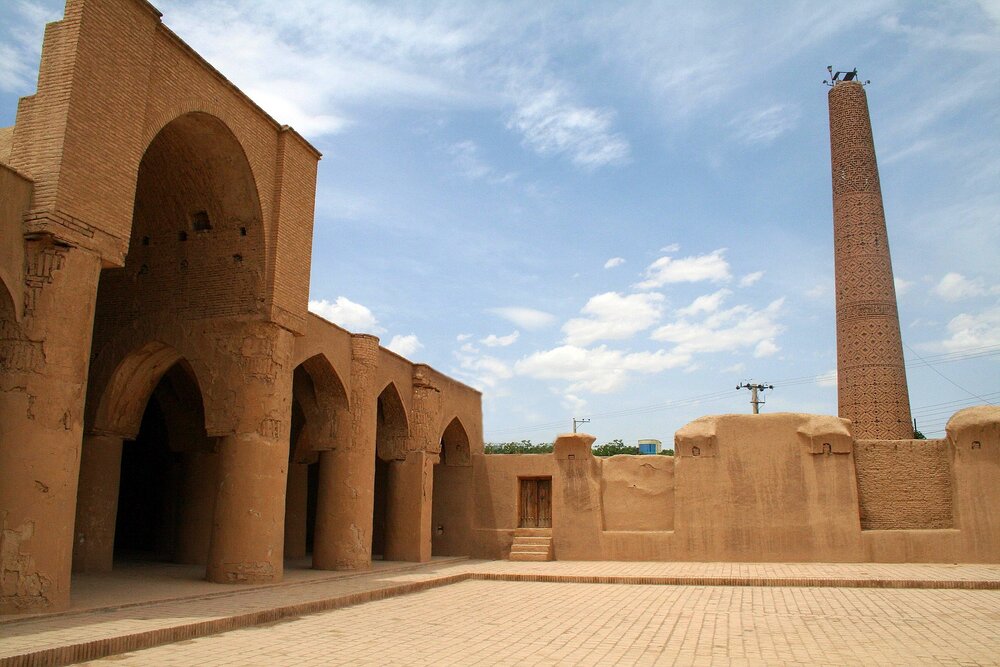Visit Tarikhaneh, one of Iran’s oldest mosques

TEHRAN – The Tarikhaneh Mosque, which was formerly a fire temple from the Sassanid era (224–651), is situated in central Iran, close to the city of Damghan.
According to some sources, including ArchNet, a collaborative digital humanities project specializing in Islamic architecture, the Tarikhaneh is the oldest mosque still in operation in the nation.
The monument, also known as Tarik Khana, combines Sassanian building methods with a straightforward Arab design. An arcade lines the central courtyard, a single bay deep on all but the qibla side where it increases to three bays.
The central aisle on the qibla arcade is wider and taller than the others, a form that presciently indicates the later ubiquitous monumental axis of Persian architecture.
The arcades, recalling Sassanian precedents, are formed of fired brick arches, elliptical and sometimes slightly pointed, and massive circular brick piers.
Standing together at a distance from the mosque are the remains of a square minaret of the uncertain date, possibly part of the original construction period and a cylindrical minaret from the Seljuk period (1060-1307). The latter is strikingly divided into six zones of ornamentation. Each rendered in brick with a different geometric pattern.
The prayer hall of a mosque is where the rich and poor, prominent and ordinary people all stand and bow together in the same rows. Women may participate in the prayers, but they must occupy a separate space or chamber in the mosque. No statues, ritual objects, or pictures are used in mosques. The only decorations permitted are inscriptions of Quranic verses and the names of Prophet Muhammad (PBUH) and his companions.
Iran is preparing to put forward Tarikhaneh as a candidate for inclusion in the cultural heritage list of the Islamic Educational, Scientific and Cultural Organization (ICESCO).
The ancient city of Damghan was the winter capital of the Parthian monarchs. Situated about 350 kilometers northeast of Tehran, Damghan was once a prosperous city on the Silk Road that connected China to West Asia and Europe.
Narratives say that Damghan was once called the city by one hundred gates. Later, during the reign of the Sassanids, the Umayyad, Abbasid, Taherid, Samanid, Sarbedaran, and Deylamite dynasties, Damghan had a significant position for the emirs and governors.
AFM
Leave a Comment